2021 August 12
2021 August 12
Here’s a caterpillar found by Andrew Jacobs at Pedder Bay on August 9

Nadata gibbosa (Lep.: Notodontidae) Andrew Jacobs
Jochen Möhr sends this photograph of a moth from Metchosin:
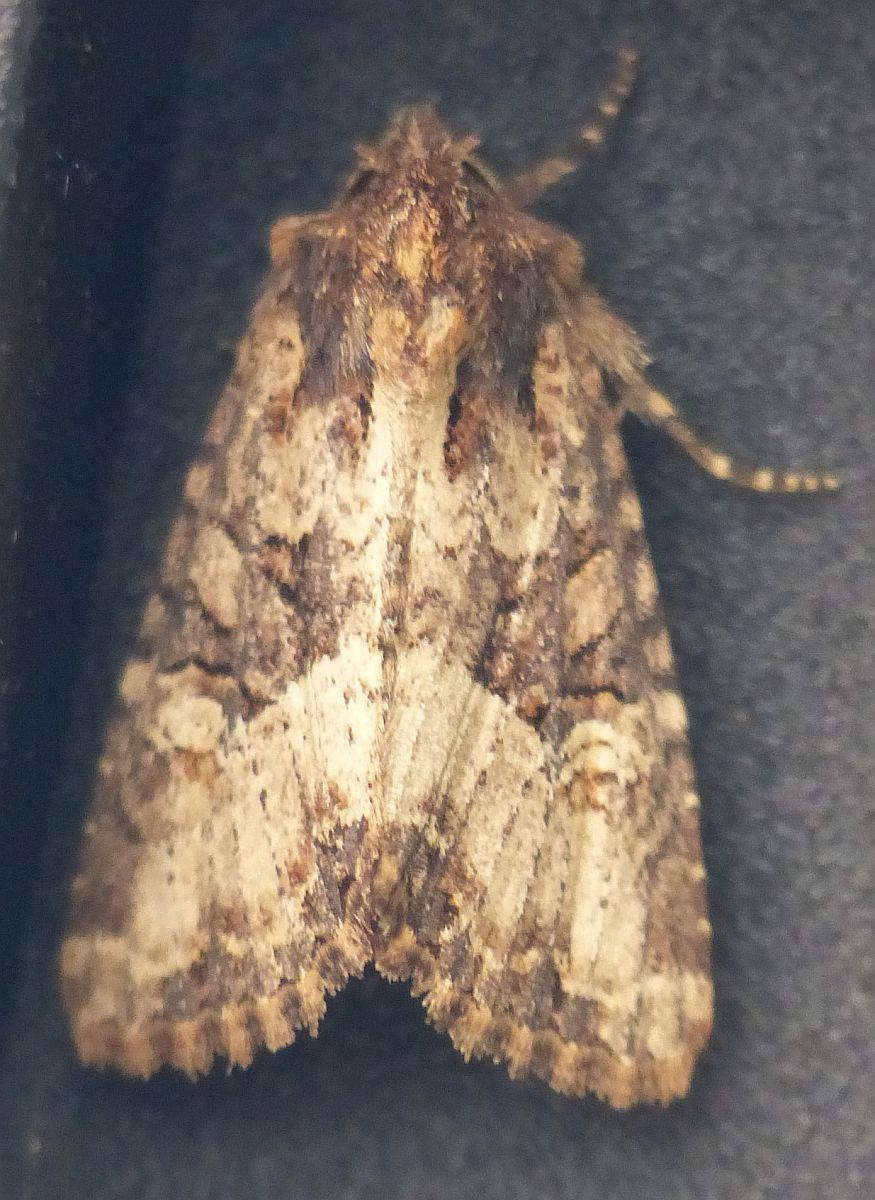
Probably Mesapamea secalis (Lep.: Noctuidae) Jochen Möhr
Val George writes: Here are two photos of a Black Saddlebags taken at McIntyre Reservoir yesterday morning, August 11. On August 6 you commented that this species has been seen quite frequently this year and in 2020. I think the number of sightings has indeed been rather unusual for a species that’s red-listed in BC. I’ve seen them in about half a dozen places this summer.
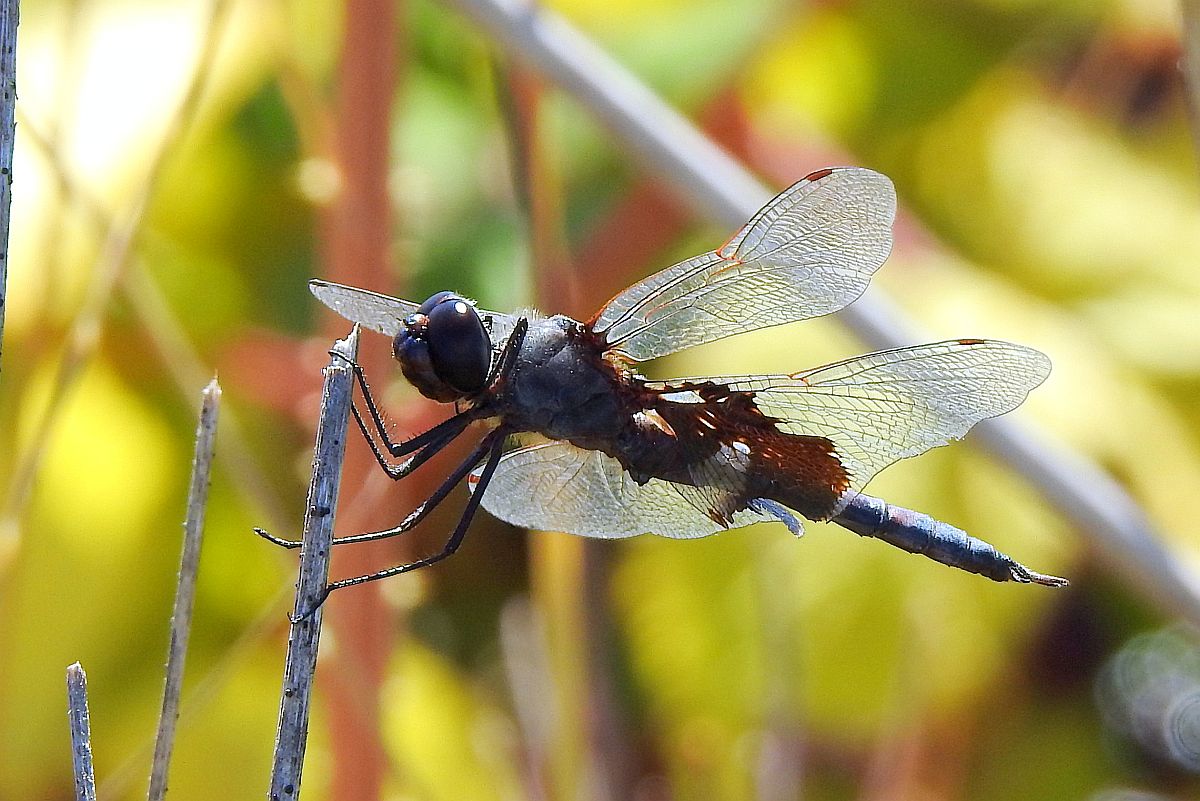
Black Saddlebags Tramea lacerata (Odo.: Libellulidae) Val George
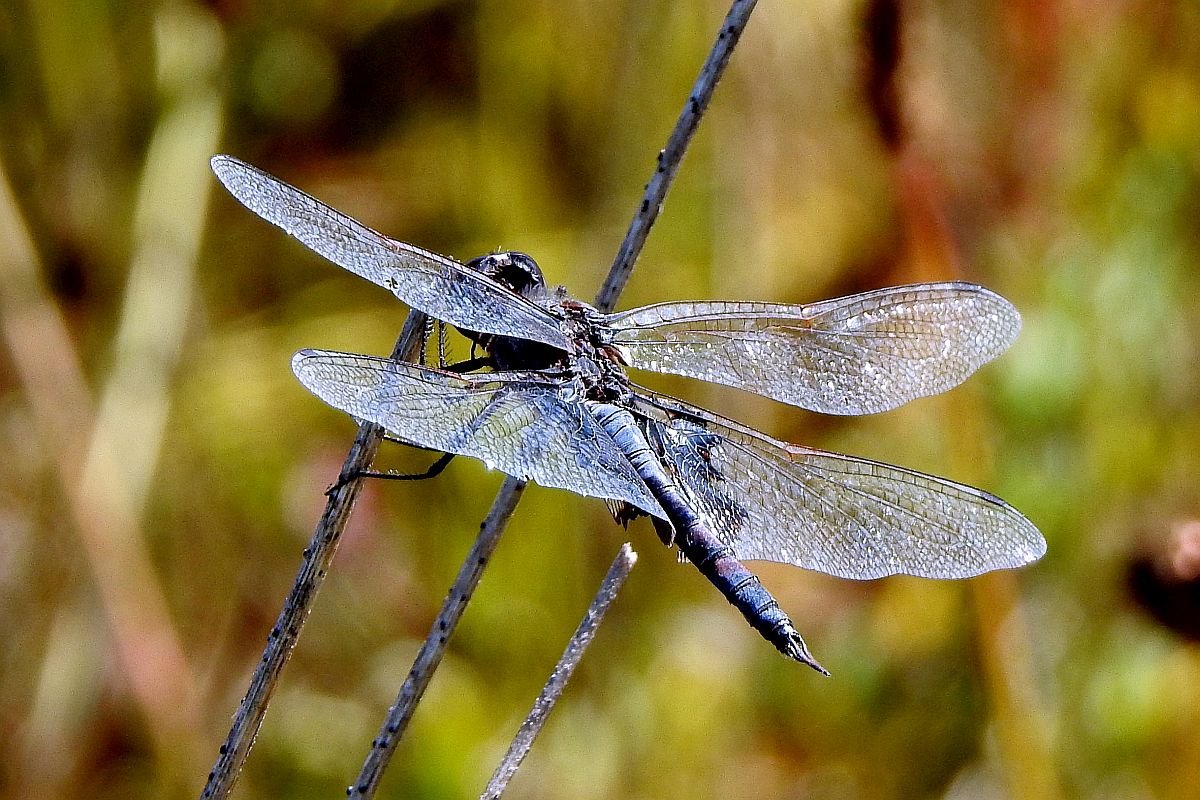
Black Saddlebags Tramea lacerata (Odo.: Libellulidae) Val George
Many of us here in Victoria have been lamenting the scarcity of butterflies in the Victoria area. Things are evidently different on Mount Washington, for Mike Yip writes: I photographed 13 species on Mount Washington last week: Woodland Skipper, Pine White, Cabbage White, Margined White, Mylitta Crescent, Hydaspe Fritillary, Western Meadow Fritillary, Lorquin’s Admiral, Common Branded Skipper, Anna’s Blue, Mariposa Copper, Purplish Copper, and Hoary Comma. Two other friends also recorded Rocky Mountain Parnassian, Clodius Parnassian, Grey Hairstreak, and Sylvan Hairstreak.
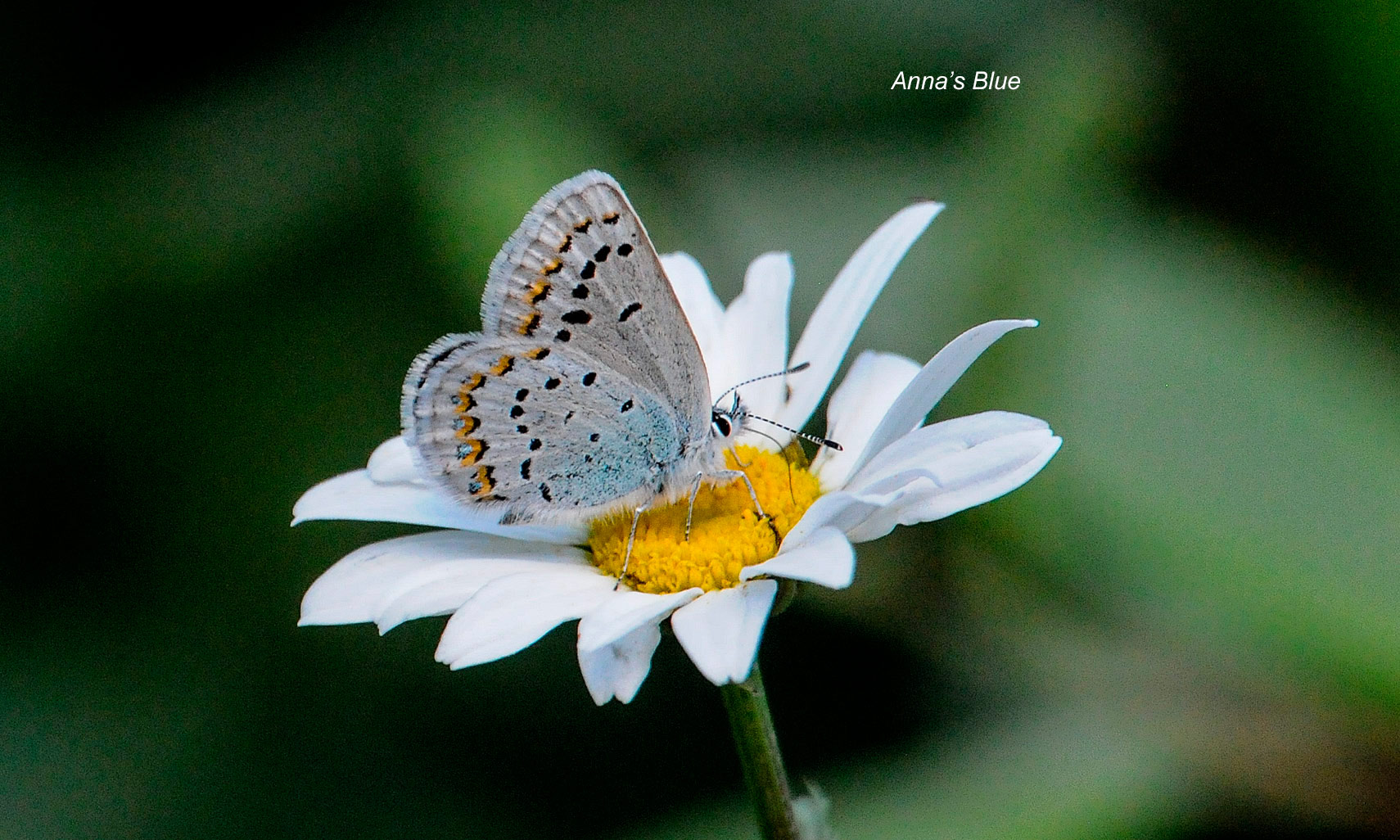
Anna’s Blue Plebejus anna (Lep.: Lycaenidae) Mike Yip
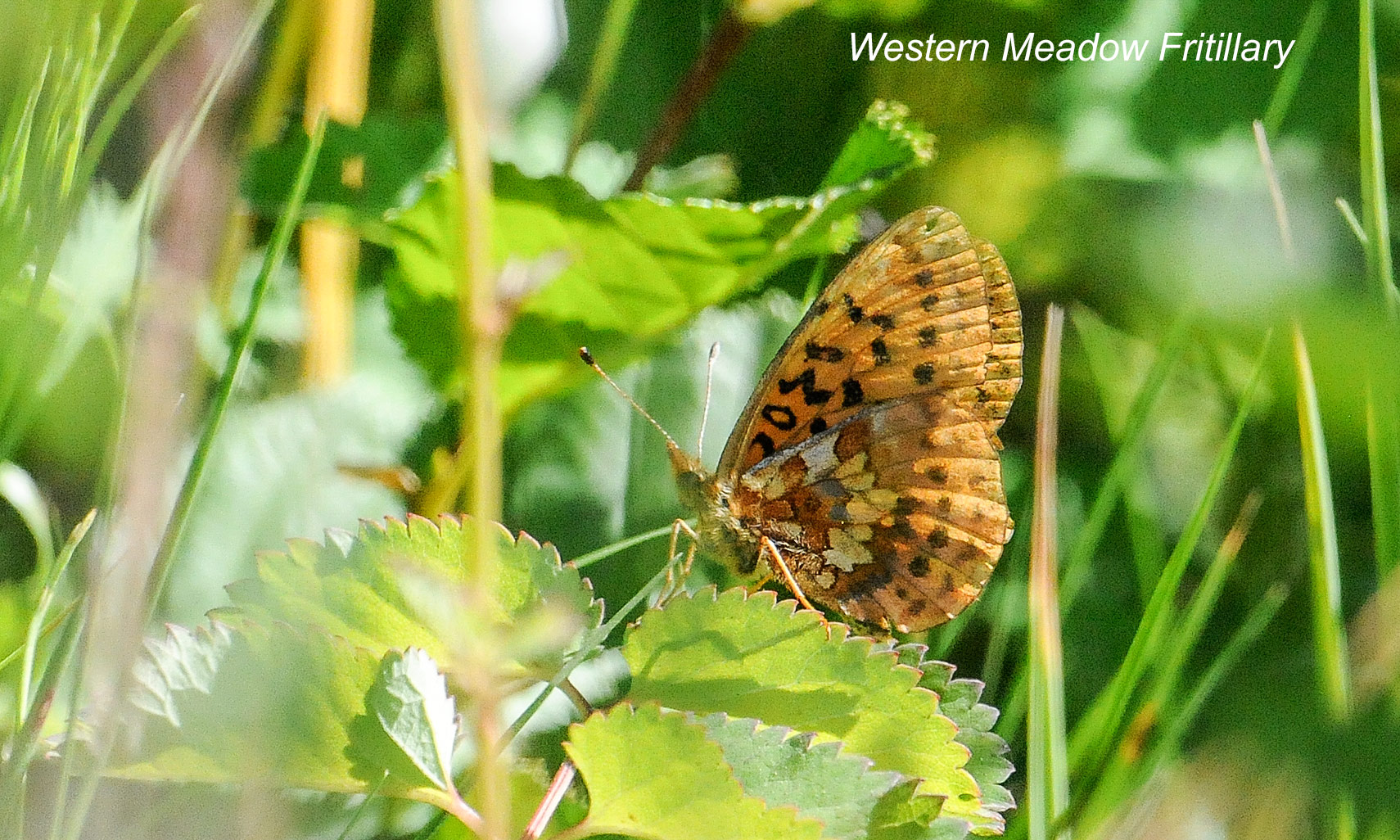
Western Meadow Fritillary Boloria epithore (Lep.: Nymphalidae) Mike Yip
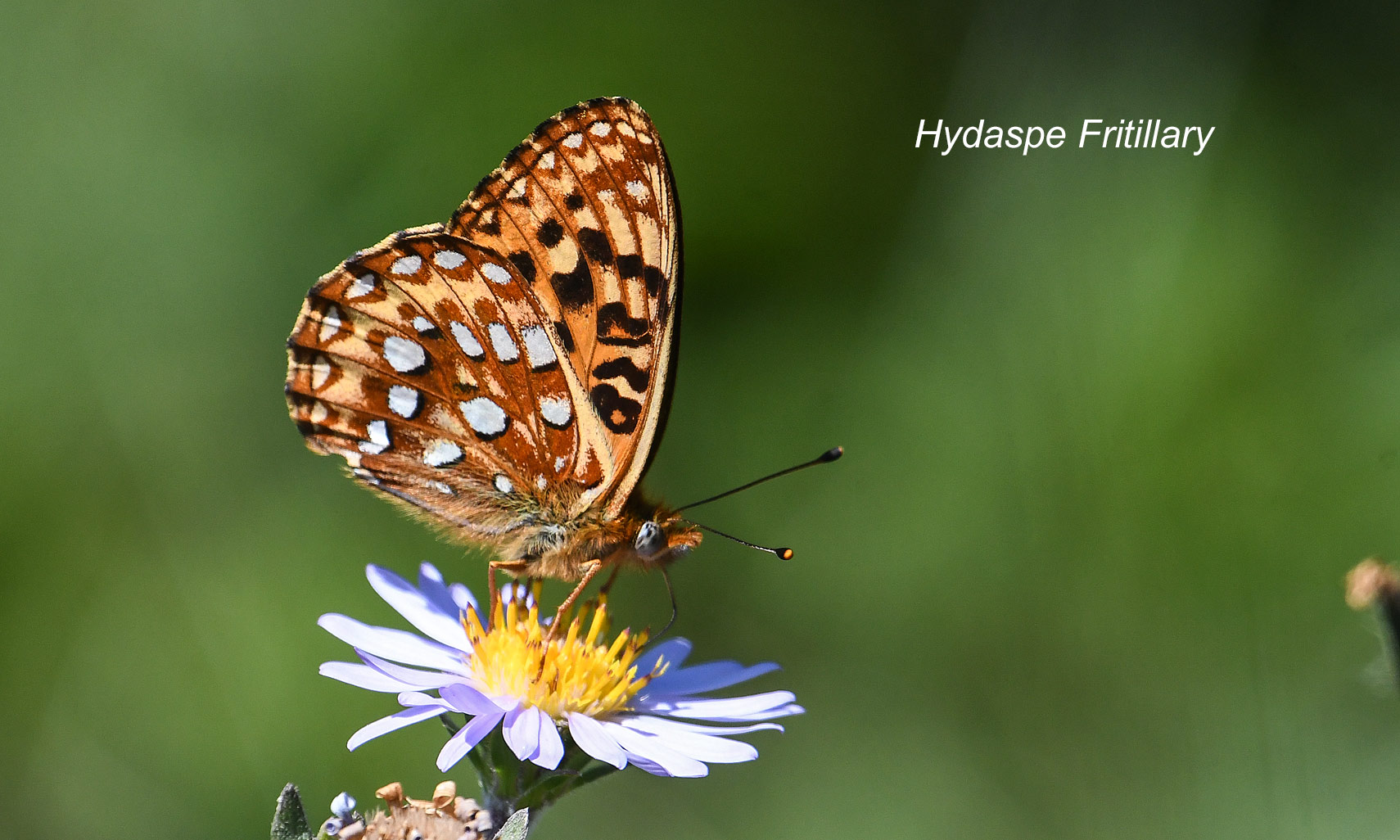
Hydaspe Fritillary Speyeria hydaspe (Lep.: Nymphalidae) Mike Yip
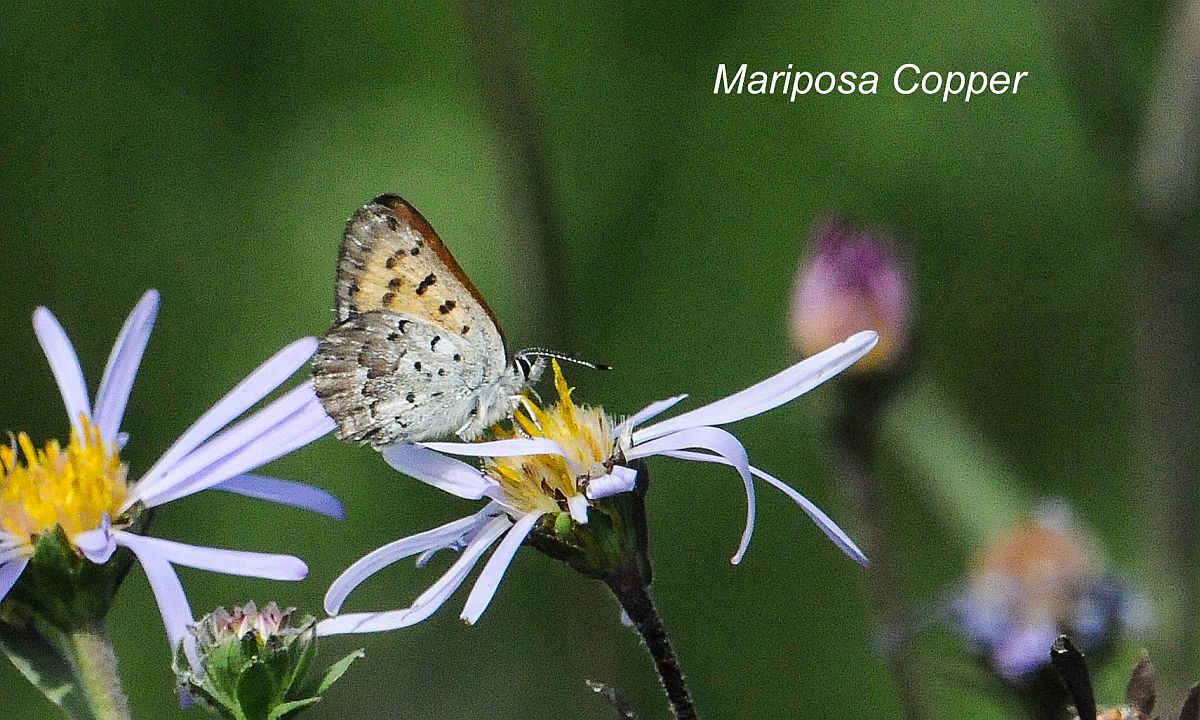
Mariposa Copper Lycaena mariposa (Lep.: Lycaenidae) Mike Yip
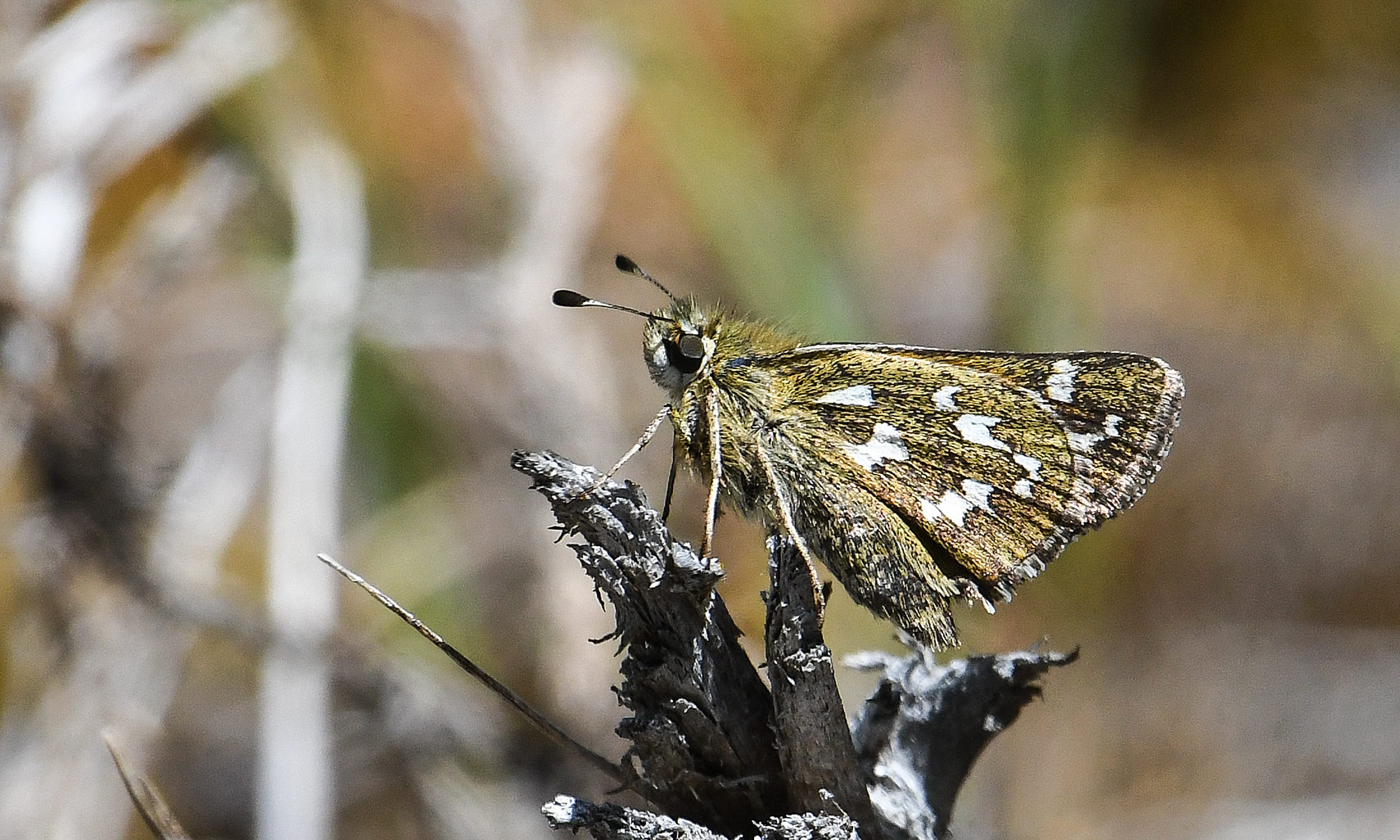
Common Branded Skipper Hesperia comma (Lep.: Hesperiidae) Mike Yip
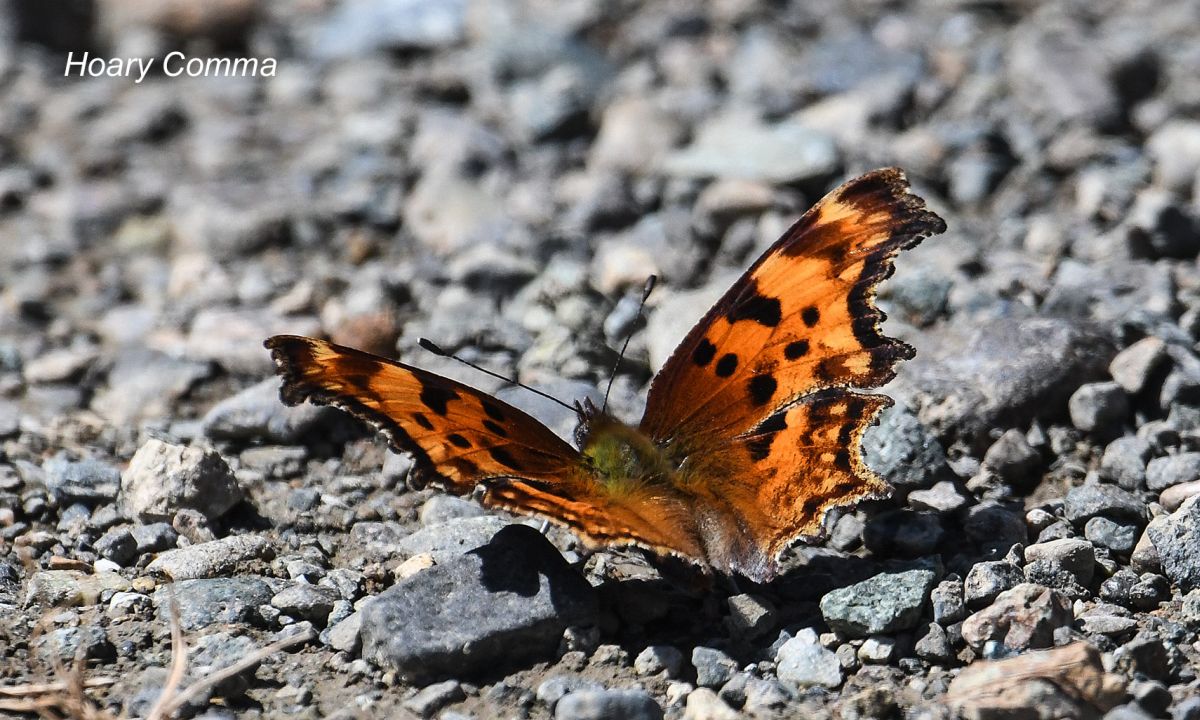
Hoary Comma Polygonia gracilis (Lep.: Nymphalidae) Mike Yip
Jeremy Tatum comments on the names of some of these butterflies.
No one seems to know who Anna was, or even if there was such a person. The name Anna’s Blue seems to be taken from the probably meaningless anna in the scientific name, much as we call Speyeria hydaspe the Hydaspe Fritillary. We should perhaps, therefore, call this butterfly the Anna Blue, and by the same token we should talk about the Anna Hummingbird and the Editha Checkerspot. I doubt, however, if this suggestion is likely to take on.
Some authors split the Branded Skippers into two species, the Common Branded Skipper Hesperia comma and the Western Branded Skipper H. colorado. In this site I have been lumping them as a single species under the name Branded Skipper H. comma. If, however, they are to be treated as separate species, the one that occurs on Mount Washington is supposed to be the the Common Branded Skipper H. comma, whereas the one that occurs on Cordova Spit in the Saanich Peninsula is supposed to be the Western Branded Skipper H. colorado. H. comma also occurs in Britain, where it is known as the Silver-spotted Skipper, a name that is used for a quite different species in North America. The word comma in the scientific name has, of course, no connection with the comma (formerly anglewing) butterflies in the Nymphalidae. What a complicated situation!
The Mariposa Copper is called by some authors Reakert’s Copper. The word Mariposa is, I believe, Spanish for butterfly.
Boloria epithore is called by some authors Clossiana epithore.
The Vancouver population of the Hoary Comma P. gracilis is supposed by some authors to be a distinct species , the Zephyr Comma P. zephyrus. We do not follow that in this site.
Juliet asked: What’s in a name? That which we call a rose by any other name would smell as sweet.
